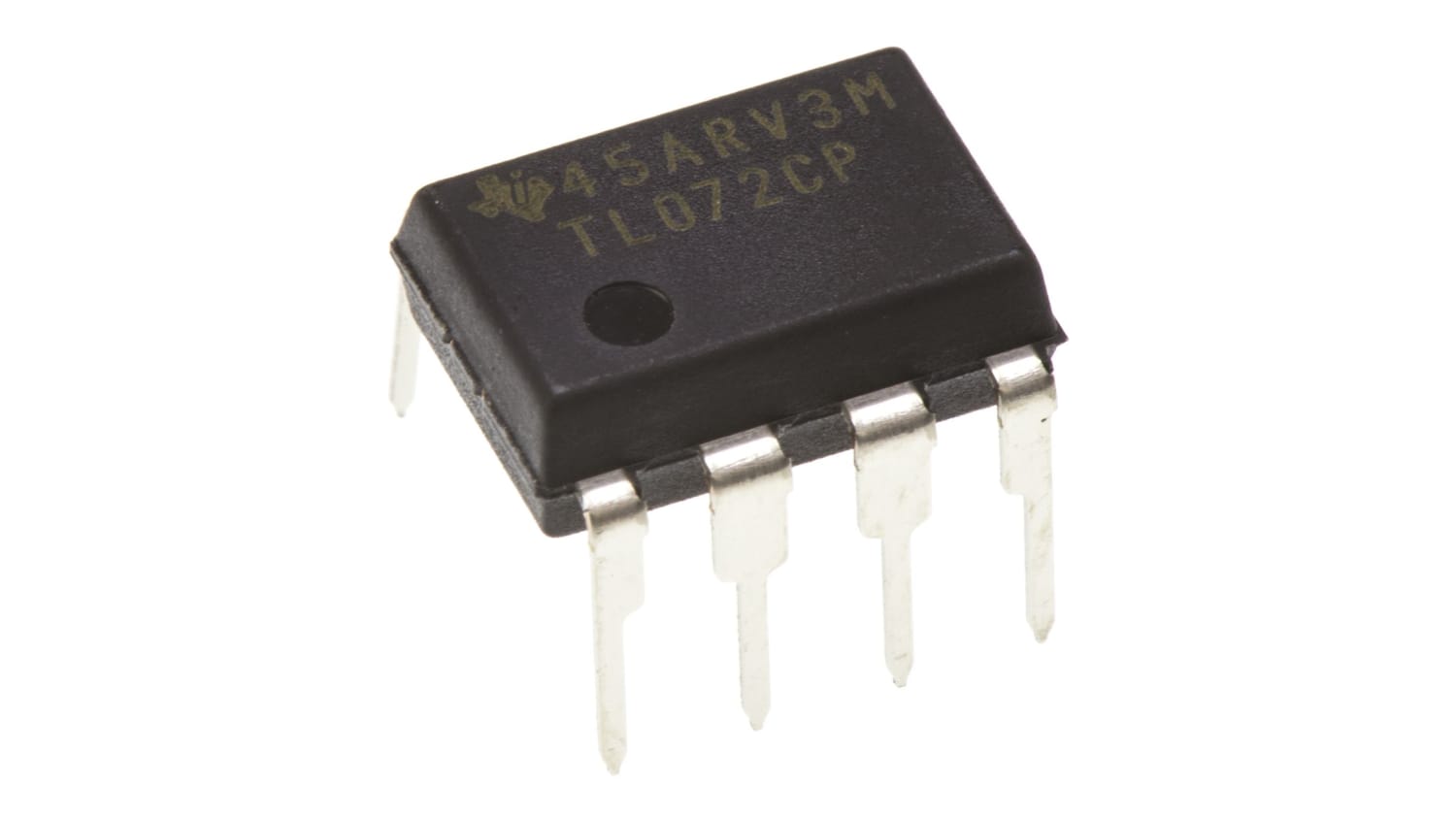Mind you, the Chela circuit has clipping diodes that are ALWAYS in circuit, which means the signal will ALWAYS be getting a 'haircut' by those clipping diodes. Also, it is NOT an exact replica of the EQD Talons after which it is designed. And in either case, it is considered a hi-gain overdrive circuit. Most hi-gain OD builds will add distortion to the signal.
So with that in mind, and you still want to replace the unsocketed opamp - There are at least two ways to remove an un-socketed IC. One is destructive - using fine-tipped clippers, cut each leg of the IC very close to the IC body. That way, each leg can be heated and pulled from the hole once the solder flows. Some clean-up afterwards is often required. Putting it back without a socket is then easy. If you want to put in a socket, it would be best to remove the pot covering the solder-side of that IC location.
The other method is to first remove the pot that covers the solder-side of the IC location, then proceed to desolder each leg of the of th IC until it comes free. More often than not, unless one is very confident with their soldering skills, it is till a good idea to cut the legs from the body of the IC be removing (desoldering) those legs. And with the pot removed, adding a socket will be much easier.
Even for those of us with a high level of soldering/desoldering confidence, removing ICs (or sockets) is always a PITA. Have a good solder-sucker, flux and often-times adding a touch more solder to a joint for removal of a lead/leg can help. A good pre-fluxed solder-wick can also help with the clean up. And remember the 10-second rule. Never have a hot soldering iron on any given solder point for more than 10 seconds at a time - with adequate cooling time between trying to cleanup the same solder joint.
Also, its good to keep in mind that electronics is a fickle mistress and if replacing the opamp does not correct the problem, do not be afraid to use (or make and use) a signal tracer to pinpoint from where the the distortion comes. If you're not familiar with a signal tracer, it's an easy look up and build one with a quick Google search. Mine is just an alligator clip attached to a short bit of insulated wire attached to a 0.1µF 250v orange-drop capacitor which in turn is connected to a six inch piece of insulated wire with about a quarter inch stripped and tinned for touching the various points in the signal path. The cap is simply to prevent any DC from being passed thru the signal tracer should the tip come in contact with a DC source.
In summary, considering the circuit is a hi-gain OD, and these are your first builds, you may want to ponder the idea that it just might not be the circuit for you - and it may actually be performing precisely as intended by the vendor. There are many factors in YouTube video demos that come into play that few consider when making a decision based on such YouTube demos. The amp(s) used, the pickups on the guitar, any off-board/off-screen pre-processing that may have been employed.
When I started building I was disappointed by many builds that I though would be one thing, but turned out differently than I'd hoped. It happens more often than not in the beginnings of the sojourn down the pedal building path.
Good luck!


